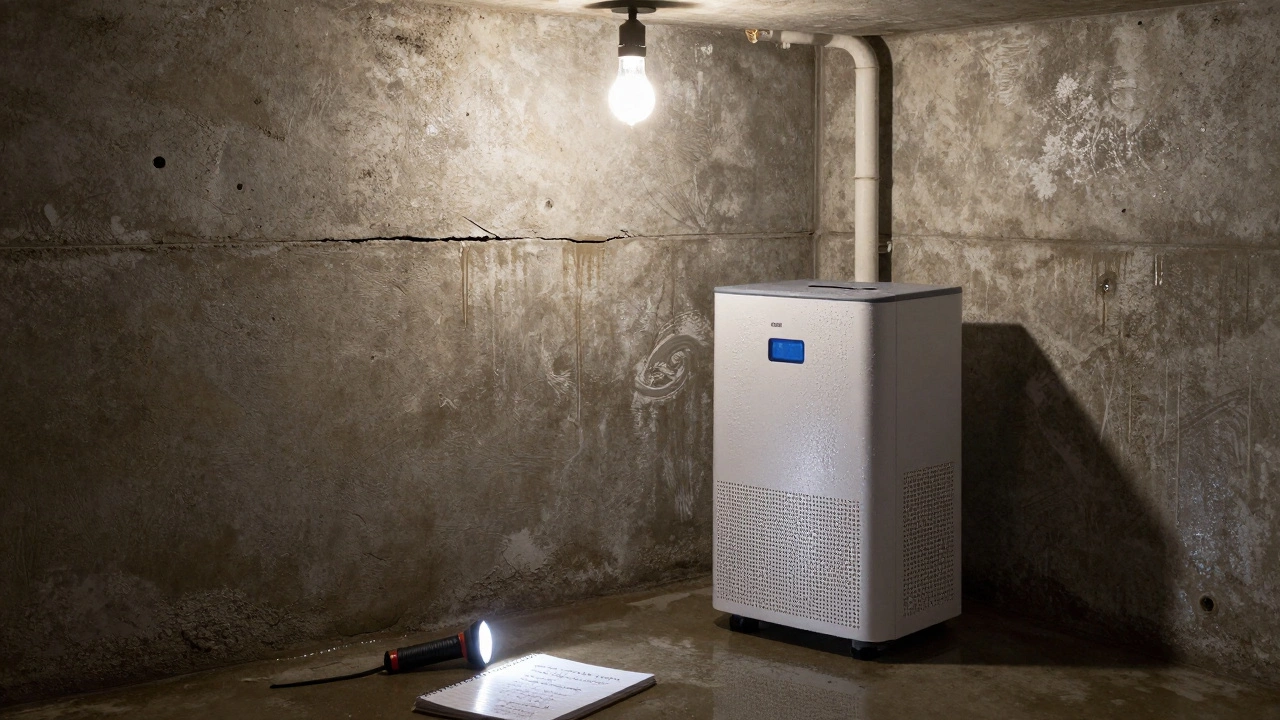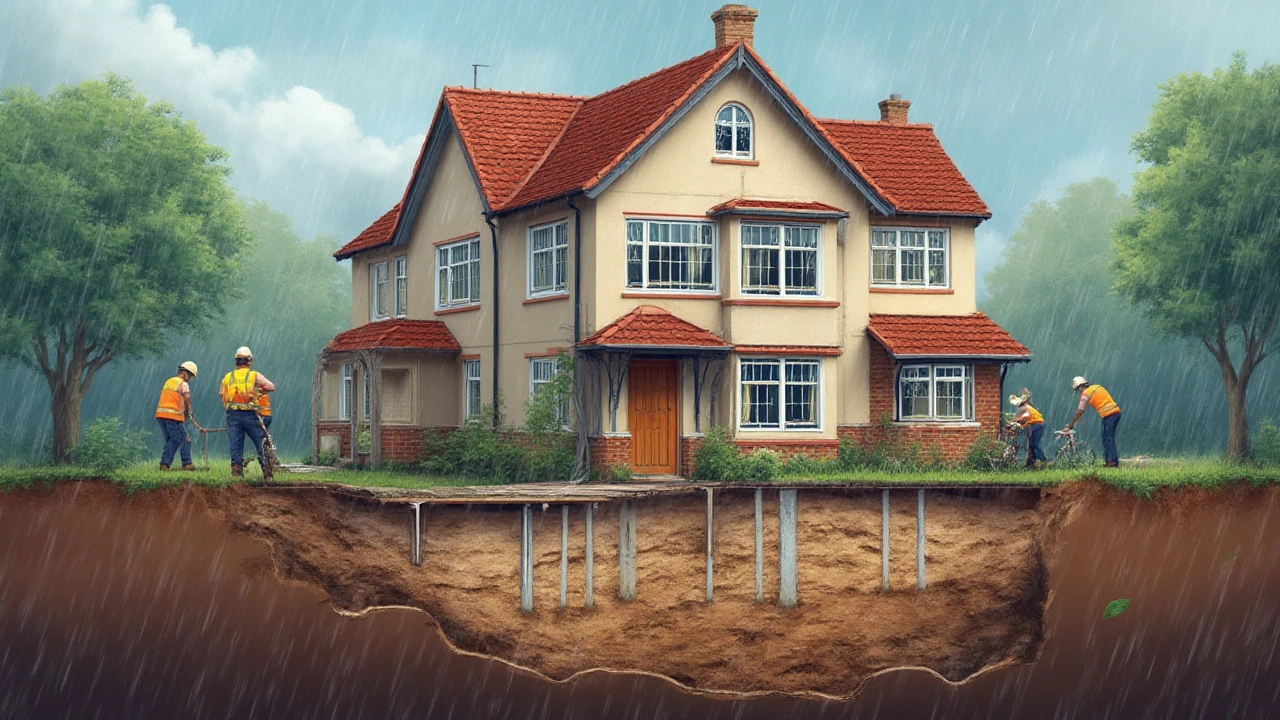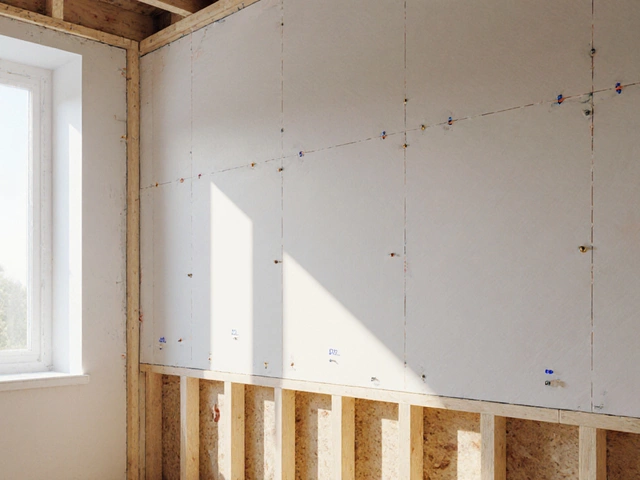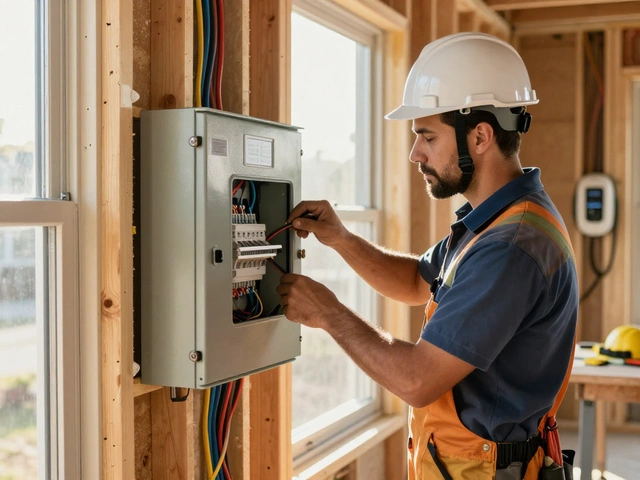Basement Waterproofing: Simple Steps to Stop Moisture
Got water pooling in your basement? You’re not alone. A wet basement can spoil flooring, damage walls, and even affect your home’s value. The good news? Most problems can be fixed without tearing the house down. Below are the most practical actions you can take right now.
Identify Common Sources of Water
First, figure out where the water’s coming from. The usual suspects are:
- Exterior runoff. Rainwater flowing along the ground can seep through foundation cracks.
- Gutter overflow. If gutters direct water toward the house, the soil around the foundation stays saturated.
- Groundwater pressure. In low‑lying areas, the water table can push moisture through the walls.
- Plumbing leaks. A burst pipe or a slow leak in a bathroom can raise humidity quickly.
Walk around the exterior and look for cracks, standing water, or clogged drainage. Inside, check for damp spots, musty smells, or rust on fixtures. Spotting the source early saves time and money.
Practical Waterproofing Solutions
Once you know the source, pick the right fix. Here are three budget‑friendly options that work for most homes:
- Seal cracks and joints. Use a high‑quality hydraulic cement or epoxy sealant. It expands as it cures, closing gaps where water can sneak in. Clean the area first, apply the sealant, and let it cure according to the product directions.
- Improve exterior drainage. Extend downspouts at least three feet away from the foundation, add splash blocks, and grade the soil to slope away from the house (about a 5% slope is ideal). If the yard is flat, consider installing a simple French drain to channel water to a lower point.
- Install interior waterproofing. For persistent moisture, a sump pump paired with a dehumidifier works wonders. Coat basement walls with a waterproof paint or sealant—these act as a barrier while still allowing the wall to breathe.
For new builds or major renovations, a full exterior waterproof membrane is the gold standard, but most homeowners get great results with the steps above.
Remember to keep an eye on humidity levels. A hygrometer reading above 60% signals you need more ventilation or a dehumidifier. Regularly inspect gutters, foundation walls, and any waterproofing products you’ve applied—wear and tear happen over time.
If you’re unsure about the severity of the problem, a quick consult with a structural engineer or a waterproofing specialist can give you peace of mind. They’ll tell you if the issue is a simple leak or something that needs more extensive work, like underpinning or a full exterior membrane.
Bottom line: stop water at its entry point, manage runoff, and seal the interior. Do those three things, and your basement will stay dry, your home will stay stronger, and you’ll avoid costly repairs down the line.
How to Stop Your Foundation from Leaking from the Inside

Learn how to stop your foundation from leaking from the inside with proven interior solutions. Find out what causes basement leaks, what fixes actually work, and how to prevent future damage in Halifax's wet climate.
read moreBest Foundation Repair Methods: Your Complete Guide to Home Stability

Looking at the best methods for foundation repair, and which choices actually keep your home safe, dry, and value-strong. Get reliable, up-to-date info here.
read more



